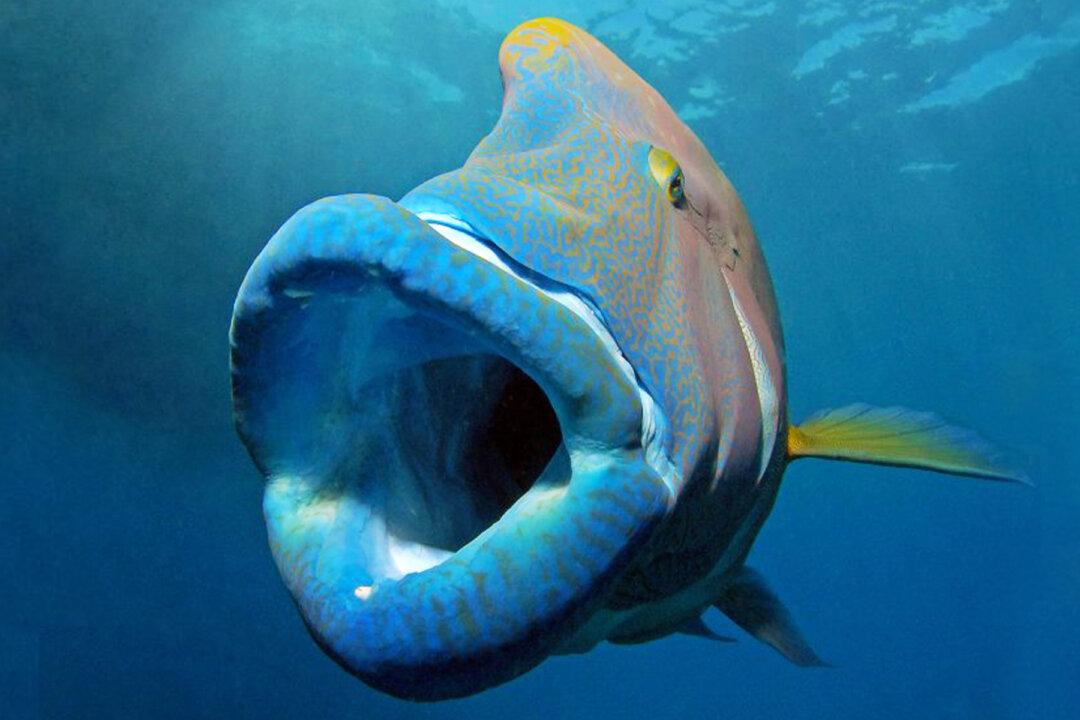A stunning fish with huge lips and intricately patterned scales has been caught on camera by a marine photographer. In the eye-catching snaps, the fish’s impressive size and unique features are perfectly showcased against the rich blue of the Indonesian ocean.
Adventurous photographer Gary Brennand, 54, photographed the Napoleon wrasse fish while diving near the coast of Bali, Indonesia.





